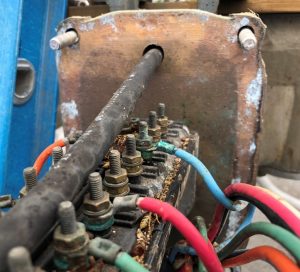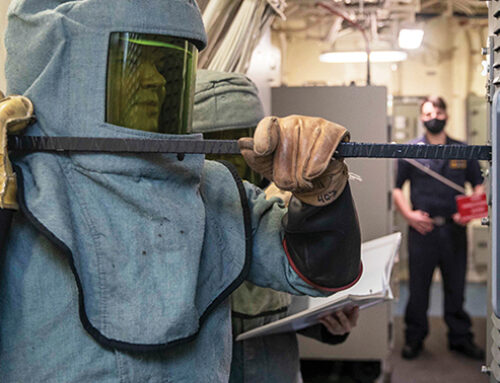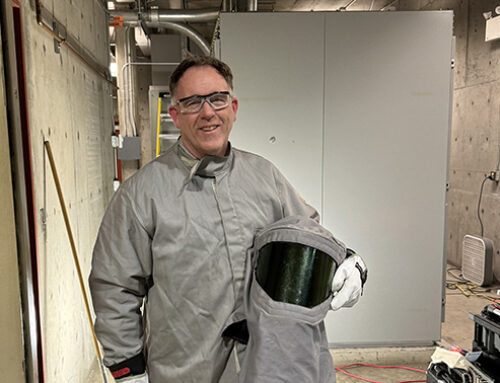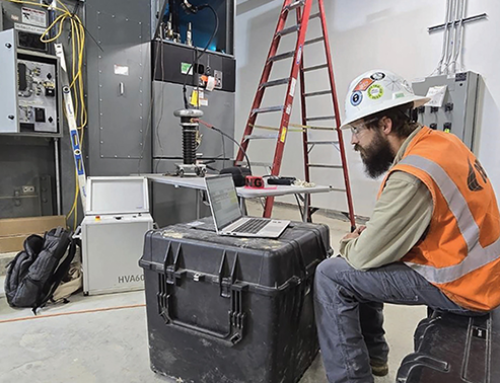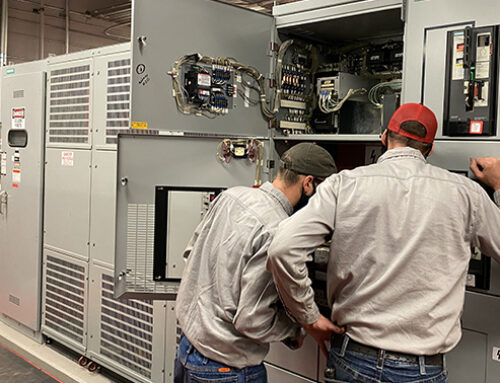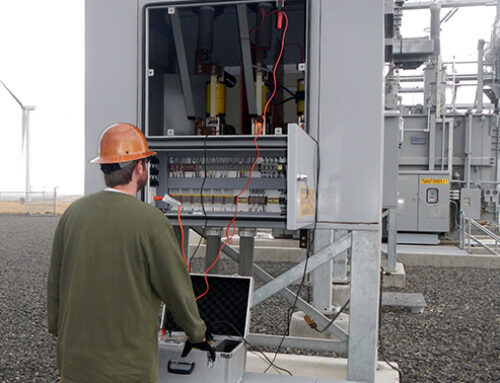Arc-flash studies, coordination studies, and short-circuit or other power-system studies can boost your confidence in the safety and reliability of your facility. In a paper presented at the 2022 IEEE PCIC conference, CBS Field Services outlined how performing arc-flash studies for low-voltage power distribution equipment often presents challenges that require engineering judgement and proper documentation.
For existing facilities, a field observation is recommended to ensure that the one-line drawings match the equipment identification and nameplate data. Visual inspection is used to check wiring and equipment condition and documentation, and identify installation issues, equipment identification/tagging errors, and missing information, such as electrical utility data or equipment nameplates. When information is missing or not readily available, engineering judgement is required.
Worst-Case Perspectives
It is imperative that the correct arc-flash warning labels are installed on the equipment and that the lineside versus load-side calculations are appropriately matched for the equipment. Determining if equipment is truly isolated or not is also essential. If the main circuit breaker in a motor control center (MCC) is not truly isolated from the downstream bus, an arcing fault could propagate to the downstream bus. Often, the downstream bus calculations are lower due to the typically faster clearing times on the feeder circuit breakers. In this case, the labels would have incorrect information and could lead to a dangerous situation.
The electrical utility will often need to verify and/or supply information such as transformer size and impedance, size and type of protective devices, cable sizing, etc. Occasionally, the electrical utility information, such as protective device settings, is not available and the utility company has to review protective coordination and accept or suggest new protective settings.
In some applications, there could be multiple energy sources inside the same equipment to be evaluated. In the paper, the authors describe case examples where DC panelboards were integrated within an entire section of a 480 VAC MCC. Also, the 480 VAC MCC contained integral 208/120 VAC panelboards fed from transformers located within and external to the MCC. It is best practice to consider the worst-case perspective in scenarios like these to fully protect workers in the event of an arc-flash incident.
Planning Assures Quality
It is also very important to have a proper quality assurance/quality check (QA/QC) program in place. A QA/QC program to document electrical study labels and equipment where the label needs to be applied helps ensure that recommended changes can be practically implemented and provides an opportunity for the field engineering and technical staff to become familiar with the new one-lines, studies, labels, and changes to the site’s incident energy values. Having this program in place enhances safety for workers by giving them a more complete understanding of the various assumptions and aspects of the study and model beyond simply referring to the applied arc-flash and shock warning labels on the equipment.
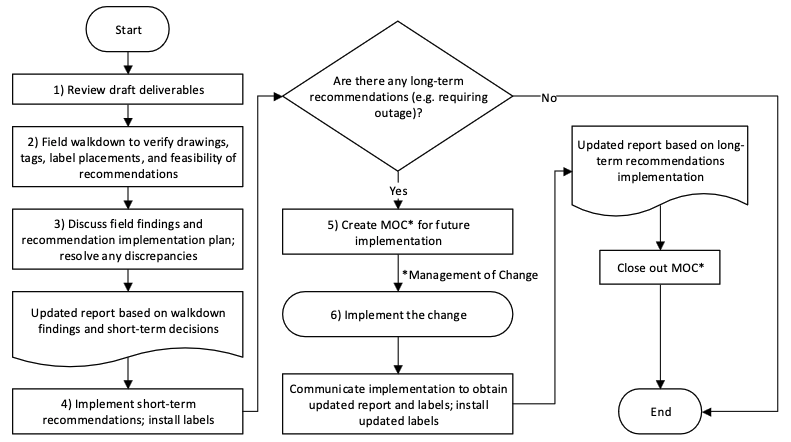
Read the full paper for real-world applications and experiences that could be incorporated into future arc-flash study practices, including quality-control measures that were used during the arc-flash study projects. The paper covers field-data collection processes, verification walk-throughs, and the owner’s QA/QC process.
CBS Field Services professional engineers can provide an on-site evaluation of your electrical system, short-circuit and coordination studies, and an incident-energy analysis. An arc-flash risk assessment is performed, and recommendations are provided for arc-flash equipment labeling, personal protective equipment (PPE) categories, and solutions to mitigate arc-flash hazards in your facility. Contact us for more information or to discuss your requirements for an arc-flash study at your facility.



